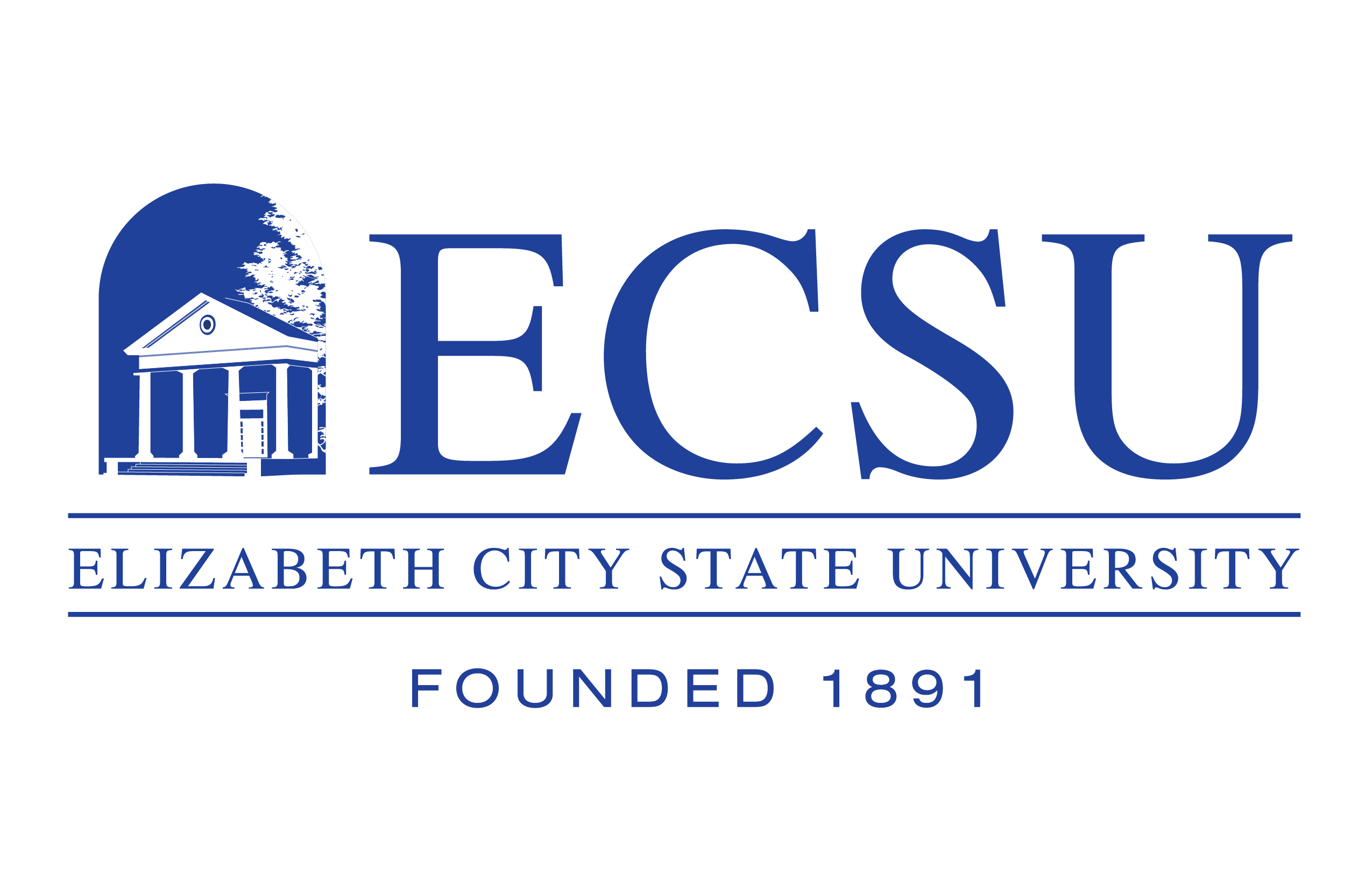Zeta Phi Beta Sorority, Inc., in collaboration with the Elizabeth City State University (ECSU) Community Emergency Response Team (CERT), is hosting a CPR and lifesaving skills training event 5:30 – 6:30 p.m., Sept. 21, in the Ridley Student Center. The event was designed to coincide with the recognition of September as National Preparedness Month, which is meant to raise awareness about the importance of preparing for disasters and emergencies. Members of ECSU CERT will be providing skills training on automated external defibrillator (AED) use, bystander CPR and pet CPR. The event is open to the campus community and organizers are hopeful attendees will share the skills they learn with their families and communities. Kevin Kupietz, Ph.D., is the chairperson for the ECSU Department of Aviation and Emergency Management. He shared best practices with the Office of Communications and Marketing on how to properly prepare for a disaster and how to help others, if necessary.
___
What are some of the more common disasters that occur in the United States?
The United States is at risk of multiple disasters such as flooding, tornados, terrorist attacks and more. The threats from natural disasters alone are increasing in frequency and severity worldwide. National Oceanic and Atmospheric Administration data show that there have been more billion-dollar events in the past five years than the 20 years prior. There are so many different risks and hazards to United States communities that to be efficient emergency management professionals train with an "all hazards" approach, which teaches principles that can be utilized and adopted for any emergency or disaster situation.
How can individuals and families be prepared?
Preparation includes being trained in things such as CPR and first aid. Understanding and signing up for alerts and emergency messages is important. It’s also essential to have evacuation plans, sheltering in place, and communicating with family members. We all should have items such as water, medications, and non-perishable food to help us be self-sufficient for at least 72 hours in the event of an emergency or disaster. Emergency management professionals encourage everyone to practice or drill emergencies and disasters. For example, practice a fire drill out of your house or have the family go to their tornado-safe spot as a test. This not only helps familiarize everyone with the plan but also allows for a test of the plan. Also, the plan can identify secondary egress paths, such as access to windows in the event of a fire, whether family pets fit into the escape plan, and ensure emergency batteries still work. FEMA offers tips on preparing the family for a disaster.
What skills are necessary to be most prepared during a disaster?
The more a person knows about emergency and disaster preparedness, the larger the difference they can make for themselves, their family, and the community. Knowing not to drive through moving water on a roadway can keep a car from being swept away and the occupants from drowning. Knowing CPR can save a family member alive after a heart attack until 911 arrives. Understanding bleeding control may save the life of a neighbor following a vehicle accident or a disaster with multiple victims. Knowing the signs of tsunamis or other impending disasters and being able to sound the alarm could save many people. The benefits of a prepared community for saving lives and property are endless.
Where can communities get more information about being prepared?
There are various places to get more information on disaster preparedness, planning, and survival skills. Federal government sites such as FEMA, The Department of Health and Human Services, Community Emergency Response Team, Ready.gov and others have a lot of useful information. State and local government sites can offer similar information but include more localized information such as shelter sites and training. Non-governmental organizations such as the American Red Cross, American Heart Association, and Stop the Bleed also provide a great deal of information and training.
What household/business/car items should be readily available in case of an emergency?
Some necessary items include home, car, and work emergency kits. A car kit may include items to help if a person becomes stranded during bad weather like blankets, water, flashlights, and extra clothes. A home kit should include what a family might need for at least 72 hours after a disaster, like drinking water (one gallon per day, per person), non-perishable food, medications, and communication devices such as an emergency radio. Ready.gov offers information on how to build a basic disaster supplies kit.
How can we help others and vulnerable populations during a disaster?
An advantage of having ourselves and our families prepared for a disaster is that it allows us to help others. An important concept in disaster response is neighbors helping neighbors. We should have an idea of our neighbors who may need extra help in disasters and be able to help them or at least notify authorities about their need for help. When thinking of our extended family members who are vulnerable, consider moving them to a safer area or a place where we can get to them quicker, in the event of a disaster. It is much easier to help these individuals before they are victims of a disaster than after they become harmed by the disaster. The Centers for Disease Control offers tips on how to help at risk populations.
What skills do the ECSU Emergency Management Department teach and facilitate?
Our program teaches students strategies and tactics to mitigate, prepare for, respond to and recover from natural and man-made disasters. Part of this training includes how to train others in disaster preparedness. Students from multiple programs across campus, including Emergency Management, belong to CERT. Those students spend a large amount of their time and energy teaching lifesaving skills such as CPR, Stop the Bleed, disaster preparedness, fire extinguisher use and more on and off campus. Students utilize YouTube and Facebook platforms for these types of teachings, as well.

